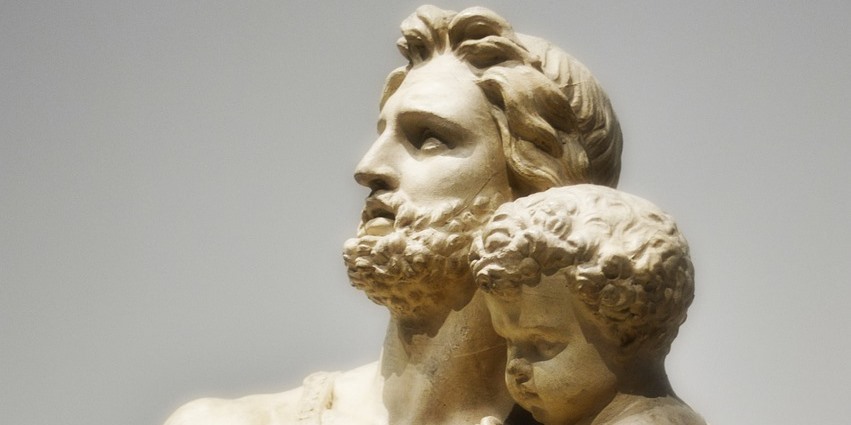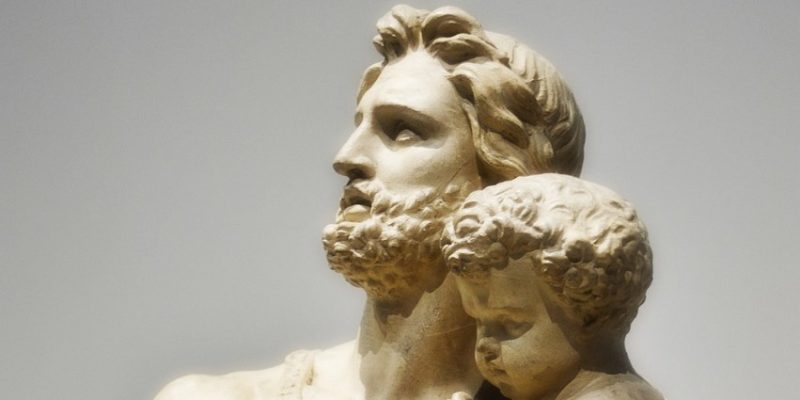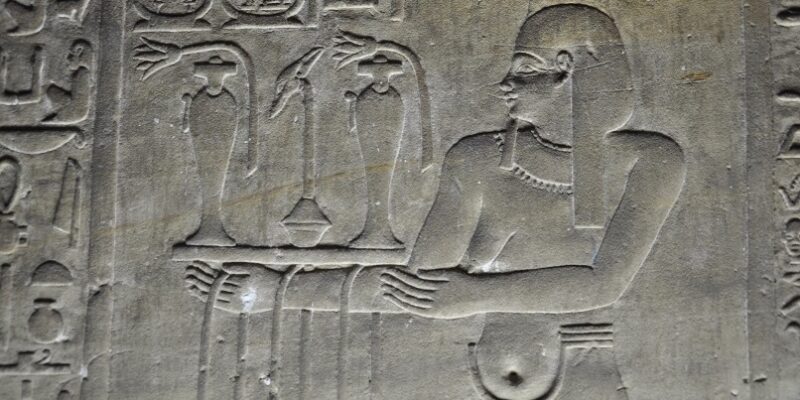
Ancient Roman massage therapies were influenced by Greek Medicine, and ancient Greek Medicine itself, including Greek Traditional Massage, is thought to have been influenced by ancient Egyptian healthcare practices.
Evidence of massage practices in ancient Greece can be traced back to at least the 8th century BCE, but it was first extensively analyzed and described by the famous Greek physician Hippocrates (460 BCE – 370 BCE), who, in the West, is considered the “Father of Medicine.”

Hippocrates considered massage therapy of major importance to maintain or acquire health. He revolutionized massage by categorizing it into various types of massage with distinct goals, not only to keep fit, but also to cure a broad range of ailments.
Infant Massage was a common practice in Ancient Greece and in the Roman Empire. Soon after birth, infants were frequently massaged and swaddled (traditional practice of wrapping a baby up in a light, breathable cloth).
Both massage and swaddling practices were considered essential to prevent disfigurement i.e. malformation of the child, and for “modeling” and strengthening its limbs and joints.
To give an idea of the importance of Infant Massage in that period, we quote Soranus, a Greek physician from Ephesus (1st or 2nd century CE): “Furthermore, she [the mother or midwife] should bend back the limbs toward the spine, moving the tip of the right foot towards the tip of the left hand and the left towards the right. For thus the sinews [tendons or ligaments] of the joints are made supple, each [of which] becomes more mobile by the various rotations, and if something viscous has penetrated into the joints while the organism was formed, it is squeezed out.”
















